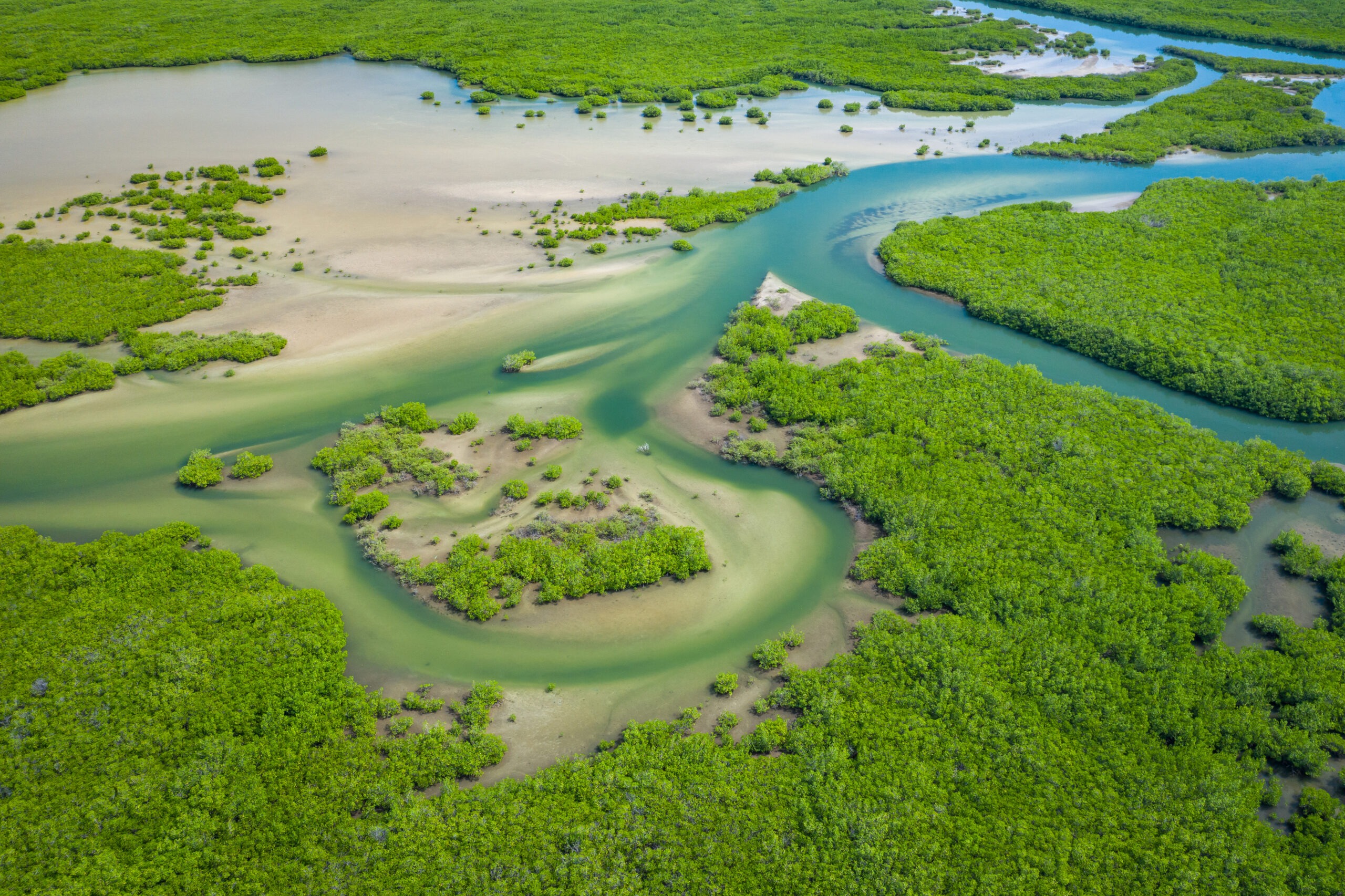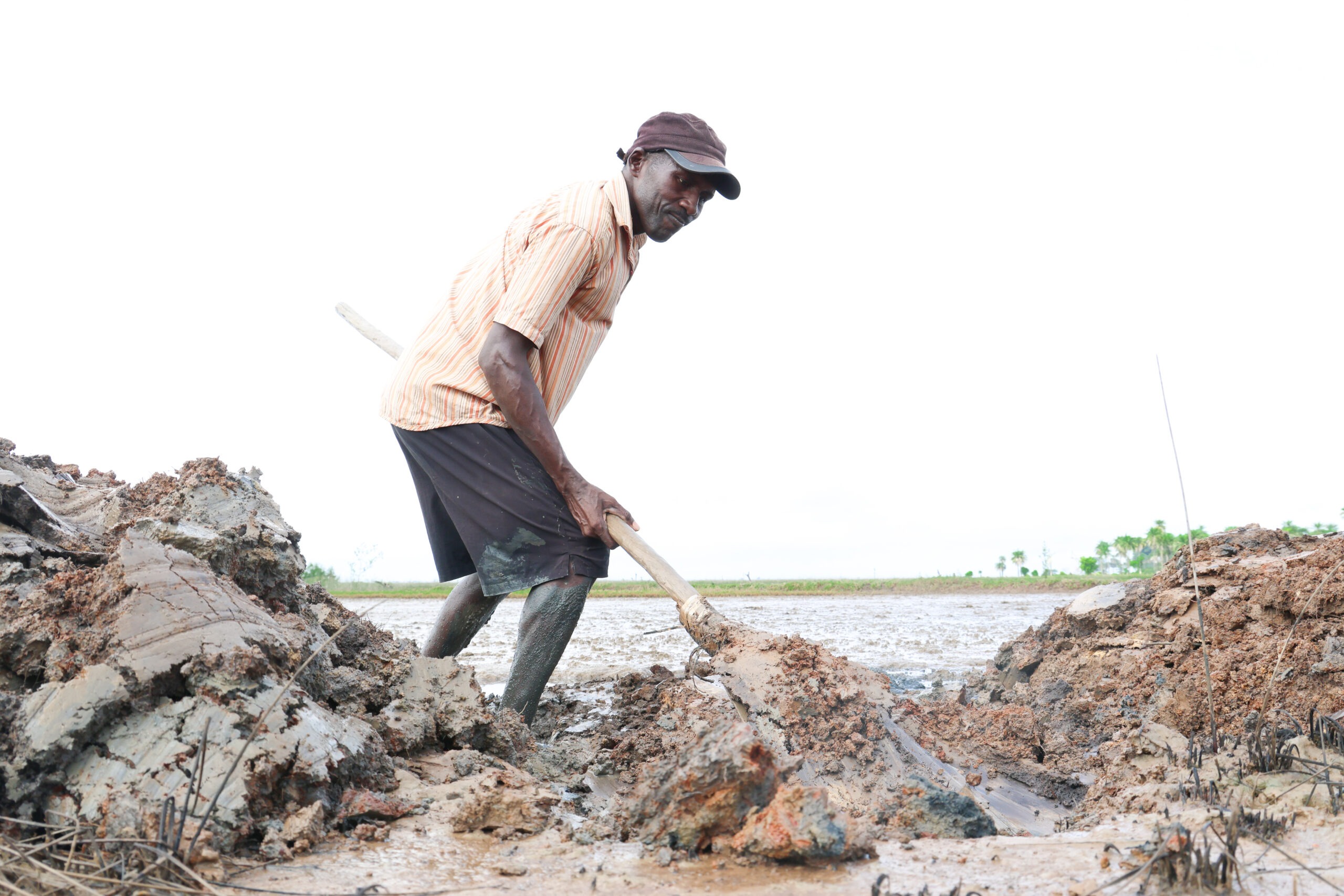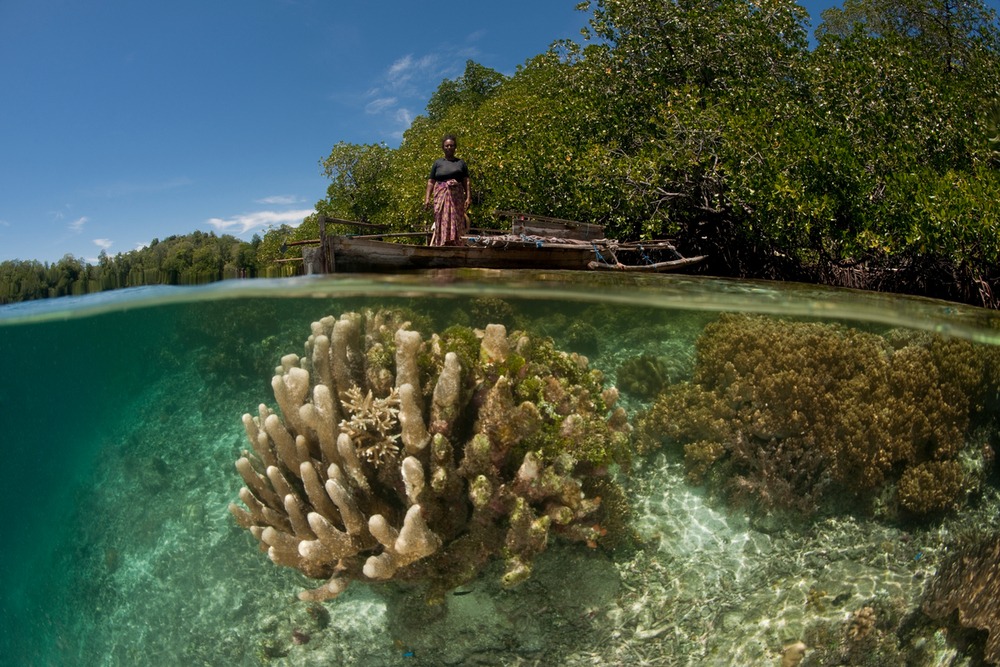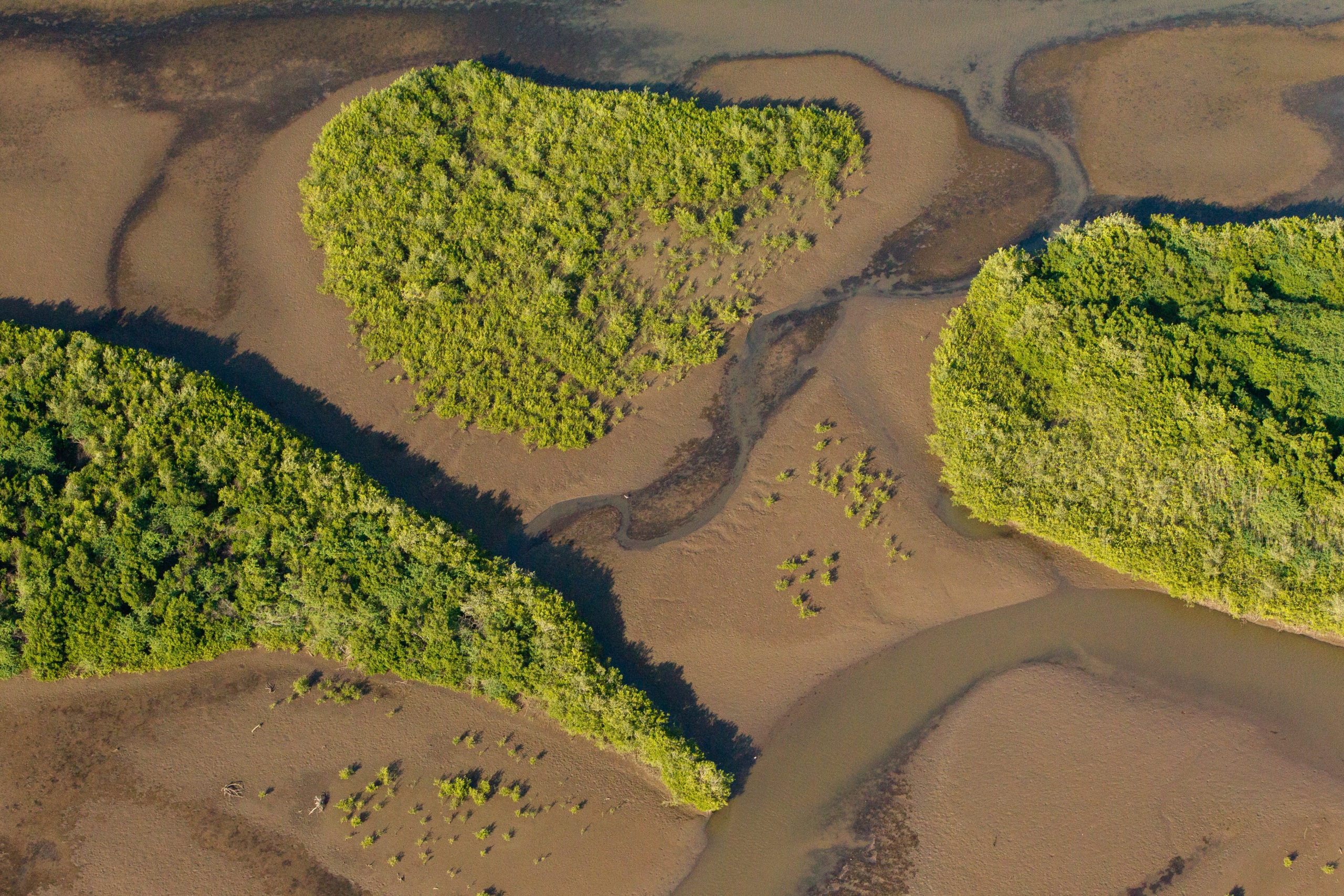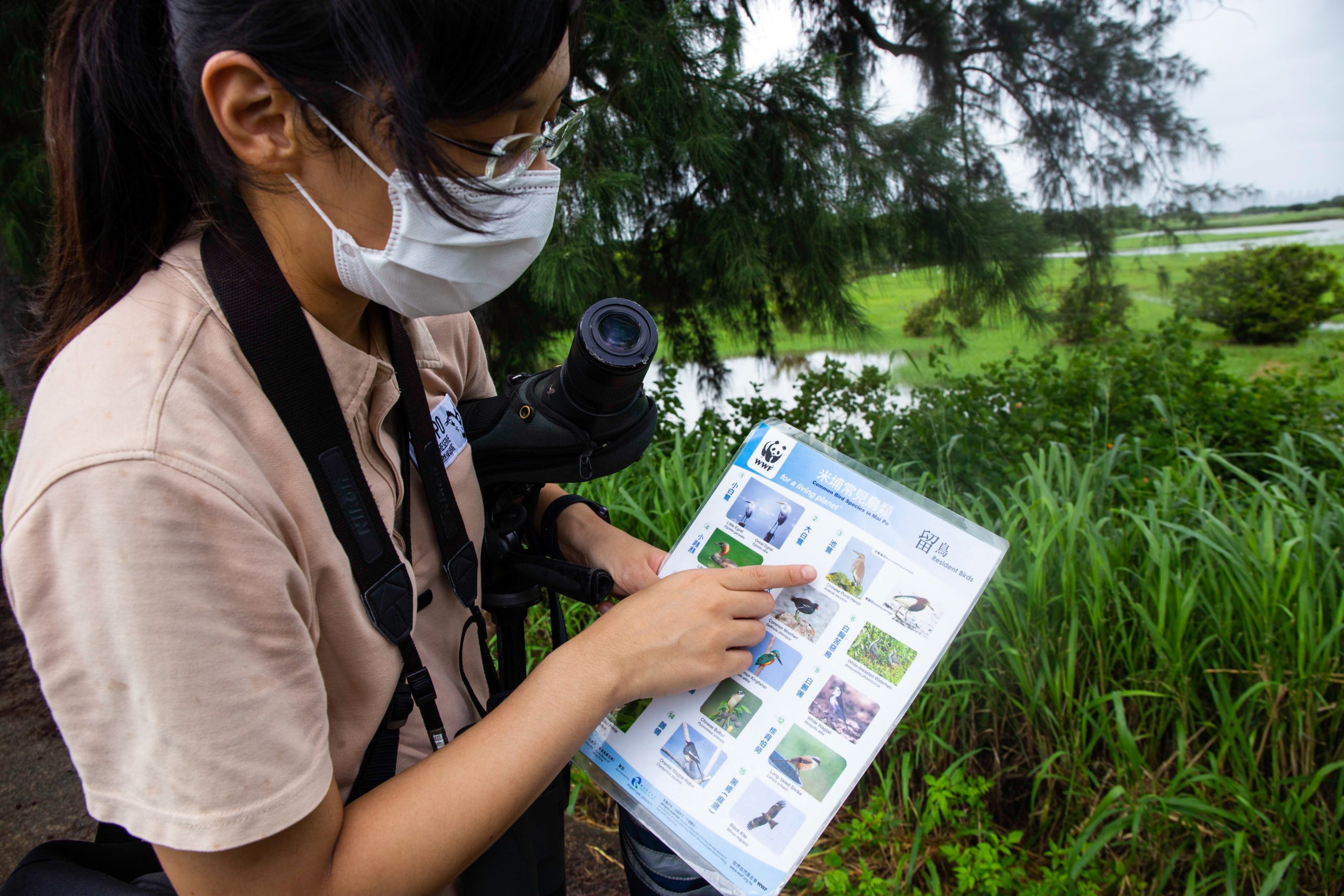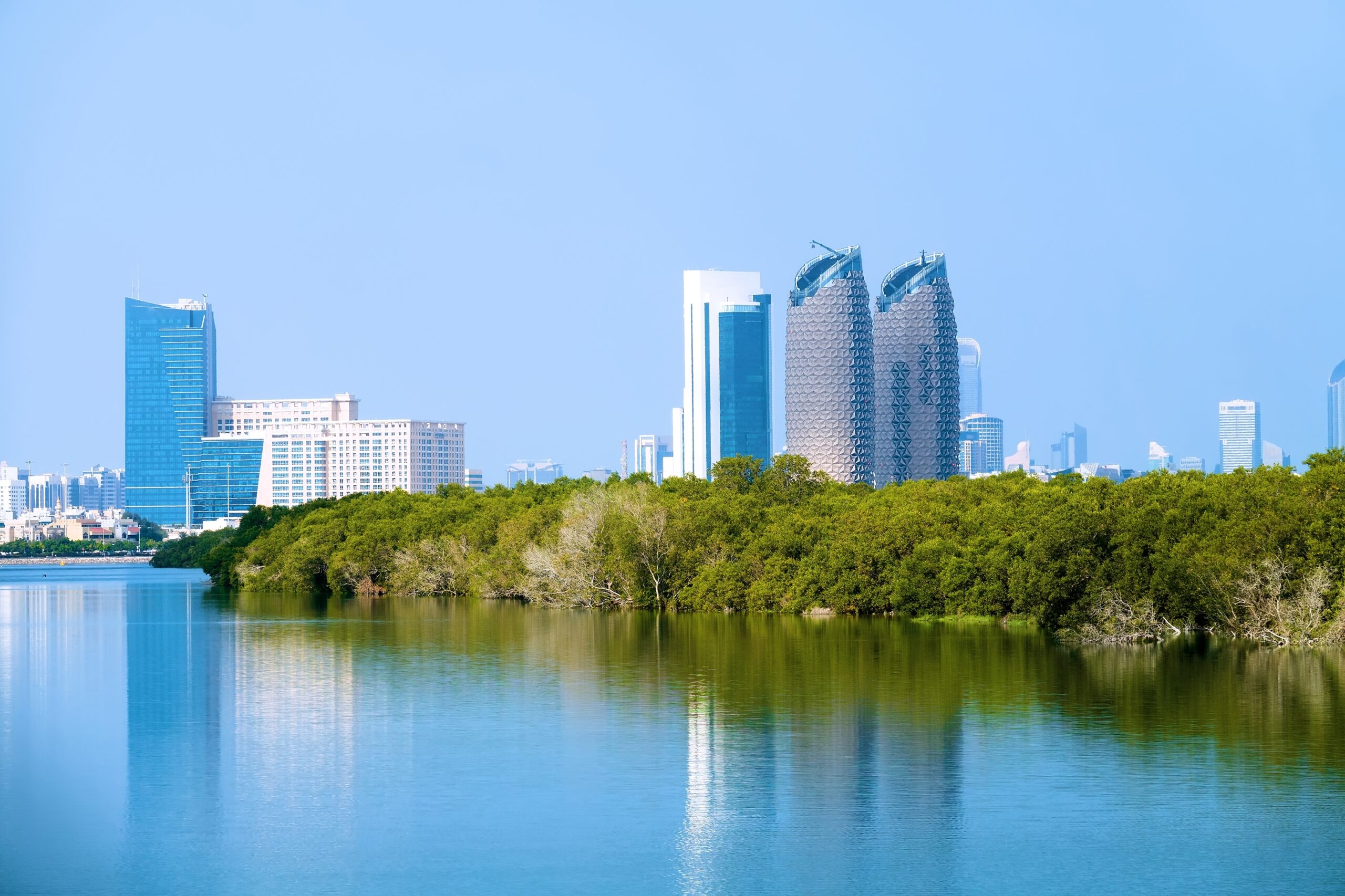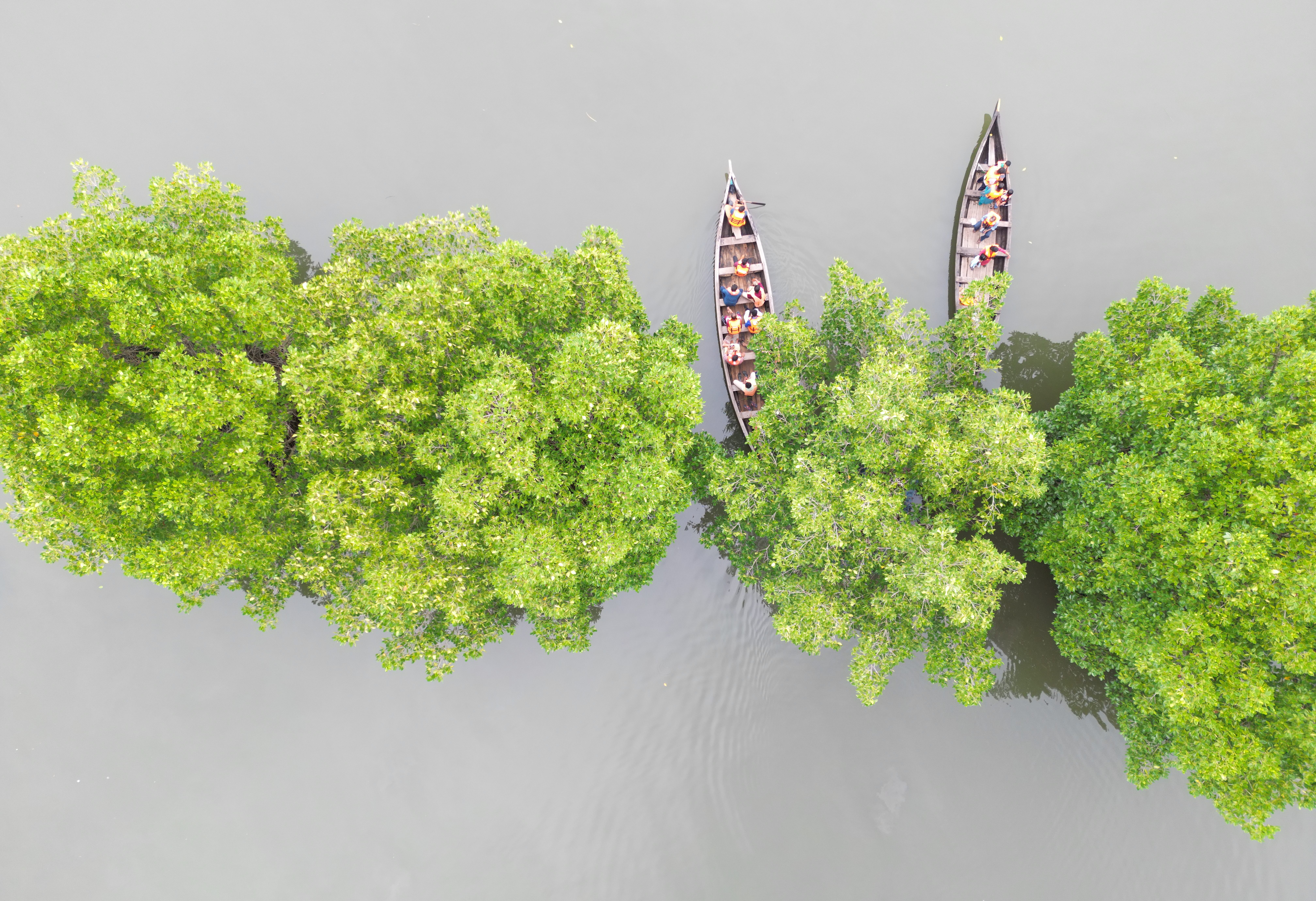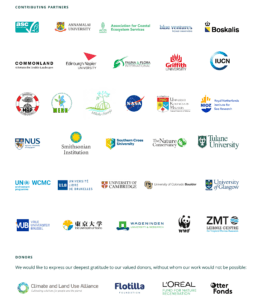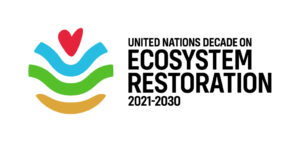Introduction to the Guidelines
Now more than ever before there is a massive public and private interest in recovering mangrove ecosystems at scale. With this excitement for mangrove restoration, it is imperative to ensure successful mangrove restoration interventions. The Best Practice Guidelines for Mangrove Restoration brings together the latest accumulated local and scientific knowledge about mangrove restoration best-practices into one comprehensive resource. The aim is to align mangrove practitioners, NGOs, governments, scientists, industry, local communities, and funders around accepted best-practices for science-based and inclusive mangrove restoration.
Find out more below.
